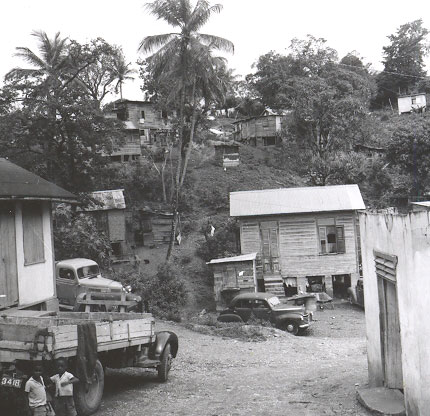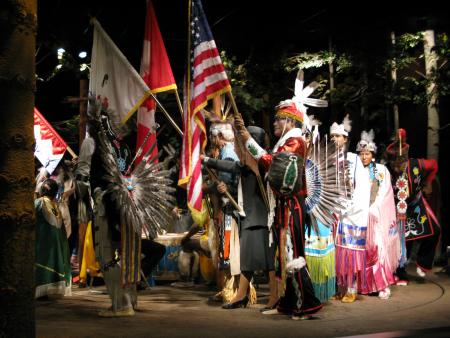Culture

A hillside village. (MPM Neg. #: 80088B)

A hillside village. (MPM Neg. #: 80088B)
Because they comprise such a large waterway, they have played a vital role in the lives and histories of Indian peoples who have resided along their shores for millennia. Most Indian groups living in the Great Lakes region for the last five centuries are of the Algonkian language family.
The goal of Termination was to end Indian tribes' status as sovereign nations. The program was, in some sense, a step backward in U.S. Indian policy because, during the 1930s, the Commissioner of Indian affairs, John Collier, wanted to empower Indians and end blatantly racist policies the United States had instituted throughout its history.
We speak of countries such as the United States as being sovereign political powers because they are completely independent of any other political entity. Political scientists often refer to this as absolute sovereignty. The United States possesses absolute sovereignty within its own borders, but below the federal government there are other political units such as states, counties, cities, and towns.

A treaty is an agreement between two sovereign powers. When Europeans first made contact with the Indians, they usually (although not always) treated them as sovereign, independent nations much like European nations such as France, Spain, and Great Britain. European countries made treaties with the Indian tribes principally to cement military and political alliances and to make peace.
Although warfare never attained the prominence it did among the Plains tribes, it still had considerable importance in the Woodland value system. Among Indian tribes of the Great Lakes, warfare and hunting were exclusively male activities. A man's position and stature within an Indian society often rested on his abilities and accomplishments as a hunter and warrior.
The Stockbridge-Munsee are descended from Algonkian-speaking Indians, primarily Mohicans (also spelled Mahican or Mahikan, but not to be confused with the Mohegan Tribe of Connecticut) and Munsee Delawares, who migrated from New York, Pennsylvania, and New England to Wisconsin in the 1820s and 1830s. The Stockbridge originally lived in western Massachusetts and moved to north-central New York between 1783 and 1786 to form a new Christian community near the Oneida.
Little is known about the history of Trinidad or Tobago before Christopher Columbus landed on their shores in 1498. By the 1300s, the island was largely populated by Arawak and Carib Indian populations, of which little physical trace remains. These populations were largely wiped out under the Spanish encomienda system, which pressured Indians to convert to Christianity and labor as slaves on Spanish Mission lands in exchange for “protection”.
Ames, Michael
1991 Cannibal Tours and Glass Boxes: The Anthropology of Museums. Vancouver, B.C.: UBC Press.
Bancroft-Hunt, Norman, and Forman, Werner
1979 People of the Totem: The Indians of the Pacific Northwest. London: Orbis Publishing.
Barnett, H.G.
1938 The Nature of the Potlatch in American Anthropologist 40(3): 349-358.